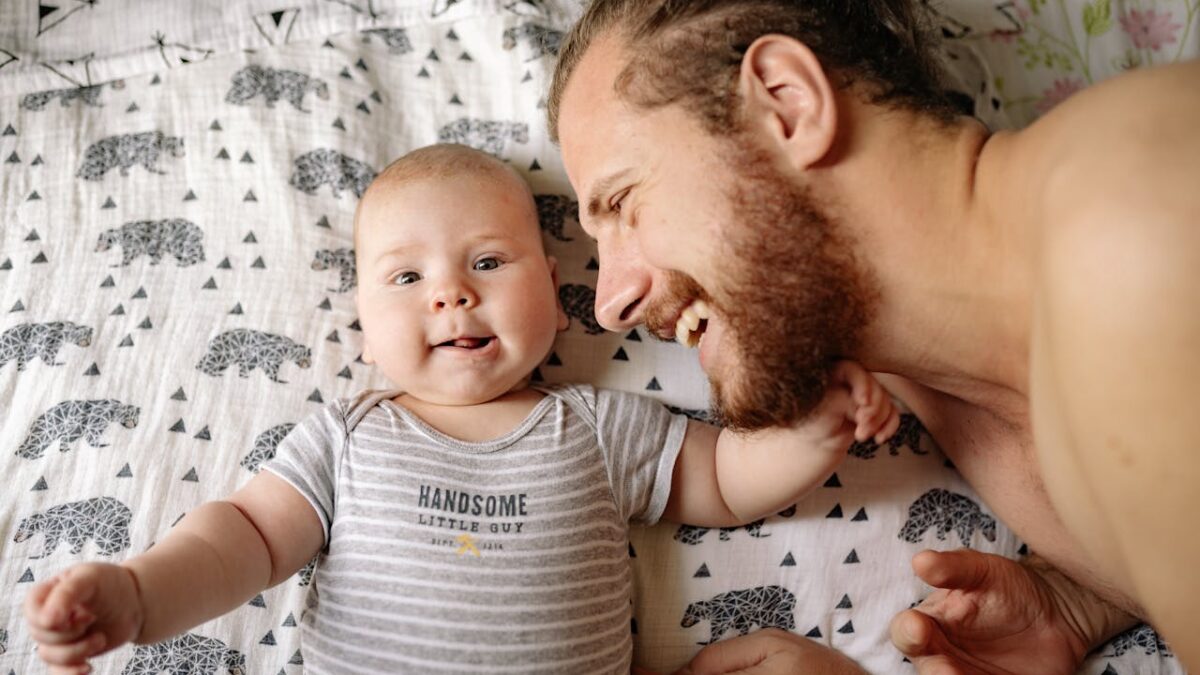From the time “Brandon” was quite young, people would remark that he was not a typical boy. Before he was even walking, his babysitter told his mother, “He’s too good to be a boy,” by which she meant he was gentle, sensitive, and compliant — traits we stereotypically associate with girls.
Every day when his mother picked him up from preschool, he was playing with the little girls instead of the boys. He was not interested in toy guns or trucks. He preferred imaginary games using stuffed animals to act out complex social relationships. From an early age, he sensed he was different from most other boys.
Today we would call him gender nonconforming. This is the story of how his parents helped him stop from pursuing a path of despair and genital mutilation.
In elementary school, Brandon came to his parents weeping — repeatedly — because he did not fit in anywhere. Most of his friends were still girls, but they did not fully accept him as one of their own because, of course, he is a boy. He told his parents, “I feel the way girls do, I am interested in things girls are. God should have made me a girl.”
By his early teens, Brandon was scouring the internet for information on transgender ideology. So what did his parents do?
First, they made sure he knew they loved him just the way he was. They did not try to change him. When I was in seminary, one of my fellow students was a former homosexual, and he told me, “When I was young, I liked art and poetry, and my father kept trying to ‘toughen me up’ by pushing me into sports and other more traditionally male activities.”
But Brandon’s parents did not pressure him to be different. They told him it is perfectly acceptable to be a gentle, emotional, relational boy. It did not mean he was really a girl.
They told him it might mean God had gifted him for one of the caring professions, such as psychologist, counselor, or health-care worker. In the same way, of course, it is perfectly acceptable for a woman to be gender nonconforming — to be more take-charge, rational, and assertive.
His parents’ favorite line, which they said over and over again, was, “It’s not you that’s wrong, it’s the stereotypes that are wrong.”
My Body, My Self
Brandon’s parents encouraged him to base his identity on his biological sex. Our feelings can change and often do. But our body is a stable, empirically knowable fact that does not change. So it makes sense to treat the body as a reliable indicator of our identity.
By contrast, transgender ideology devalues the body. A BBC video features a young woman who identifies as nonbinary, saying, “It doesn’t matter what living, meat skeleton you’ve been born in. It’s what you feel that defines you.” The body has been demoted to a meaningless lump of flesh and bones.
Gayle Salamon, a Princeton University professor, wrote a book defending transgender ideology. Salamon says, “What the ‘real’ [physical] body tells us … is nothing. … It has no meaning at all.” This is the core of what’s being taught to young people in public schools today: that their bodies are worthless.
But why accept such an extreme devaluation of the body? Why adopt a transgender worldview that denigrates our intrinsic biology? We should teach our children to counter these harmful transgender claims with a positive alternative — that the body is the handiwork of the Creator. We need to assert the truth that we are meant to honor this handiwork, respect it, and live in accord with who God made us to be.
The good news is that roughly 80 to 90 percent of children who experience some gender incongruences lose those feelings before adulthood. Unfortunately, Brandon was not one of them. His feelings of gender distress persisted until his early 20s. Finally, he told me, “I realized that surgery would not give me what I wanted. It would not make me a girl.”
He added, “A person is not a computer program that you can delete and redesign from scratch.”
In short, Brandon realized it is medically impossible to actually change your sex. In a popular TED talk, a cardiologist says, “Every cell has a sex. … And what [that] means is that men and women are different down to the cellular and molecular levels.” Clearly, you cannot change every cell in your body.
What Can Parents Do?
Let’s get practical. What can we do if a child in our family or church or school questions his or her sex?
Strategy 1: Use positive language.
Let’s face it: Many religious groups are known for taking a negative approach that relies on shame and guilt. Their message seems to be: It’s wrong, it’s a sin, don’t do it … and there’s something wrong with you.
But Brandon’s parents crafted a positive message. They told him we are healthier and happier when we honor our body, when we respect our sex, when our mind is in tune with our body. The human body is part of the original creation God pronounced “very good” (see the first chapter of Genesis). And we will ultimately be more fulfilled when we live in harmony with the Creator’s design.
Strategy 2: Be proactive.
Reach out to young people who are gender nonconforming. Many people assume gender identity and sexual orientation are rooted in our genes. Yet the most reliable correlate is not any genetic or biological trait, but a behavioral one — behavior in childhood that goes against what we consider normal for one of the sexes.
One study found that “childhood gender nonconforming behavior is a consistent early predictor of future nonheterosexual orientations.” Another study concluded: “Across many different cultures, male and female nonheterosexuality in adulthood tends to be preceded by childhood gender nonconformity: a pattern of behavior somewhat like that of the other sex. … Children who grow up to be nonheterosexual are substantially more gender nonconforming, on average, than children who grow up to be heterosexual.”
Today these at-risk youngsters are being targeted as never before by schools, libraries, media, and Drag Queen Story Hour. A television show for toddlers, “Blues Clues,” featured an animated gay pride parade with animal characters, including a little beaver with scars on her chest from a double mastectomy. The Twitter account Libs of TikTok has pulled back the curtain on the pervasive LGBT propaganda imposed on kids in many schools today, simply by posting teachers’ own videos in which they brag about “queering” the classroom.
As a result, young people are under intense pressure to question their gender identity. Many transgender facilities are fast-tracking teens with gender dysphoria into sterilizing surgery and wrong-sex hormones. Laws are being passed that treat sexual orientation and gender identity as protected categories (like race and religion) in schools, businesses, housing, health care, prisons, and even churches.
That’s why it’s up to us. Brandon’s parents fought for him. And we need to fight for our children. We need to help them find their God-given identity in a culture that tells them all identities are up for grabs — that there are no signposts, that even their sex is a social construction and gives them no clue to who they are.
Transgender ideology sets up an opposition between the body and an inner sense of being male or female, between physiological facts and subjective feelings. The best counter is a positive Christian worldview that affirms the value of the body and the unity of the human being. Christians should also be the first in line to nurture and support kids who don’t “fit in” by affirming the diversity of personalities as gifts from God.
Brandon will always be at the far end of the personality spectrum, and it can be difficult to be out of step with the prevailing stereotypes of your sex. But he no longer thinks it makes him a girl.









